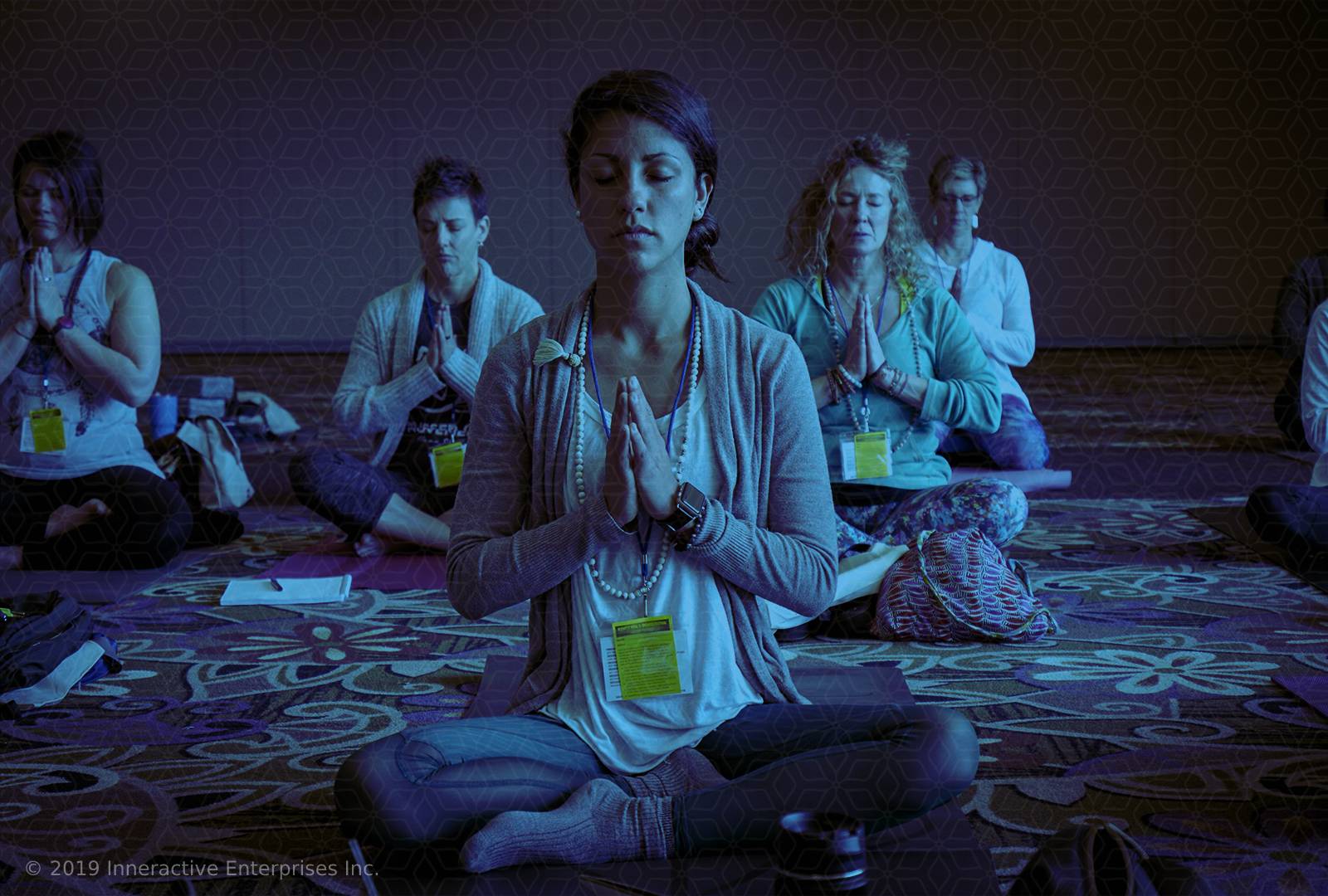
The pale yellow of an early sunrise. The vibrant green of new growth. The brilliant orange of the first fall leaves. Color is everywhere in the world, and it’s no surprise that many believe there is a spiritual meaning of colors.
While this may sound whimsical to some, there have been studies into color theory and its effect on our mood. Blue is almost universally calming. It’s the reason many social media sites have a blue tone in their color scheme. Red is exciting, it gets the heart pumping as it reminds us of love, lust, and violence. These symbolic meanings are actually very helpful in understanding the spiritual meaning of colors, and how they may be reflected in our aura colors.
The chakras and aura colors tend to utilize the seven basic colors of the rainbow, so these are the most important colors to understand.
Note: This article is written according to people’s beliefs in metaphysics.
Benefits of the Spiritual Meaning of Colors
Color theory can go beyond the basic symbolism of a specific color and is believed by some people to help enhance our mood and spiritual wellbeing. For instance, if you understand the meaning of colors, you can wear colors that will match your intention for the day or decorate your home with colors that resonate with you.
The chakras are also associated with different colors, so having a firm grasp on the spiritual meaning of colors could help you balance your chakras by eating foods of a certain color, carrying colored gemstones, or meditating on specific colors.
Red
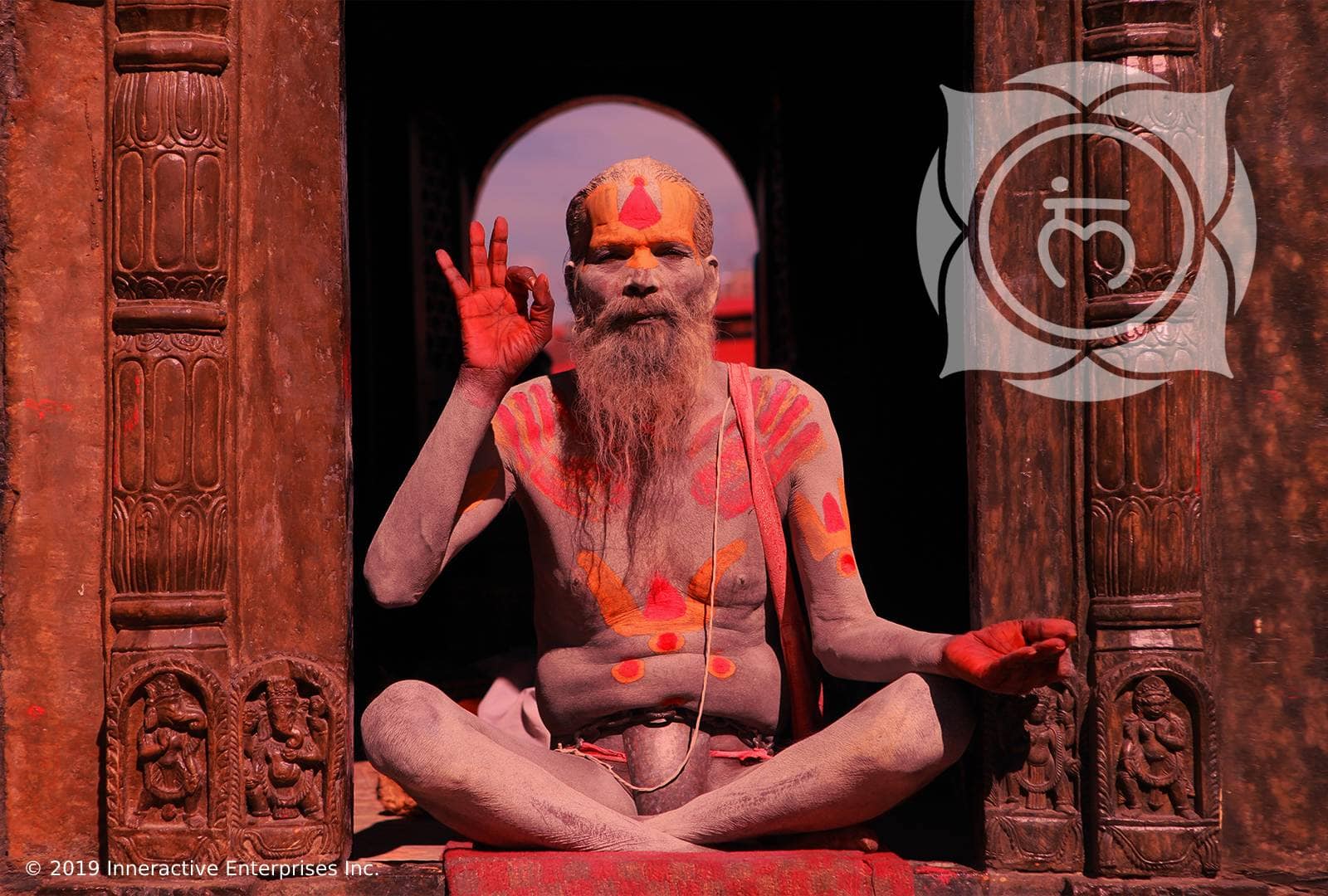
Close your eyes and meditate on the color red for a moment. What images come to mind? Perhaps you think of a stop sign or a red light. Maybe you envision a drop of blood or even two people kissing. No matter what you think of, red is a powerful color. This is partially because red is associated with the root chakra, and therefore our most base instincts and needs.
When manifested in a positive way, red is a color of confidence, leadership, courage and security. When overused, red may be associated with aggression or anger. Some people think using this color in moderation is the best way to harness its energy.
Orange
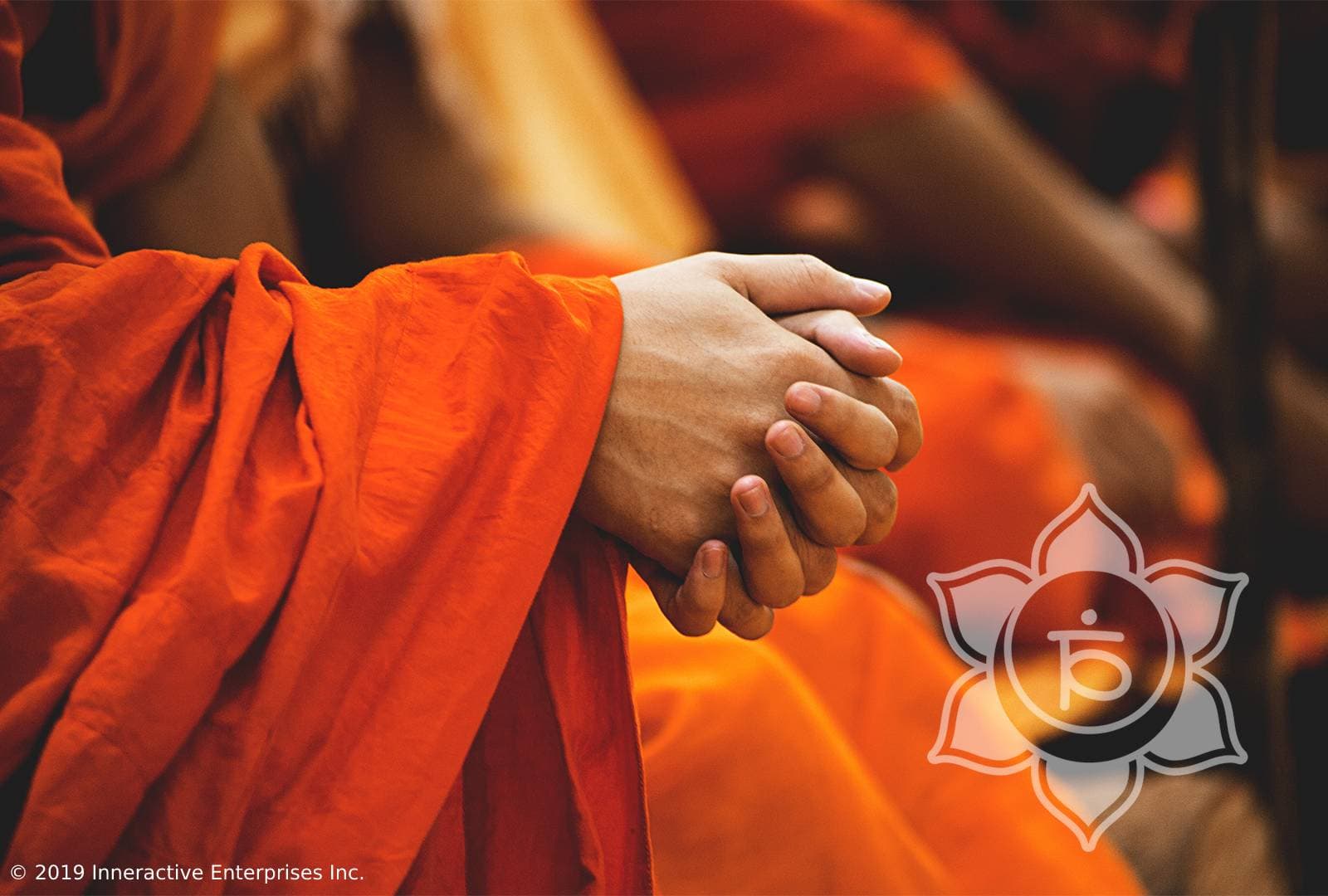
Perhaps the hallmark color of the harvest, orange is a somewhat quirky color with a meaning that is more subjective than straightforward red. Orange is the color of the sacral chakra, associated with our sexuality, creativity, and health. Some people believe it to be a warm color that can help with resetting spiritual energies and healing spiritual imbalance.
On the other hand, some spiritual workers think orange is an irritating color that can throw off the balance of a person’s aura. Close your eyes and think on this color, allowing you consciousness to focus on it. This way you can determine for yourself how this color makes you feel.
Yellow

The color of sunshine, fresh lemons, and daffodils, yellow is commonly seen as a color of joy. This color is associated with the solar plexus chakra—the center of our sense of self and the seat of our creative pursuits. Like red, yellow can manifest both positively and negatively, depending on the specific situation.
Yellow is often associated with happiness, creativity, energy, and intellect on the positive end of the spectrum. However, over the years yellow has also become connected with cowardice and sometimes sickness. Just like the color red, use yellow in moderation to highlight its joyful energies.
Green

The symbolic meaning of this color is easy to interpret. Green is the color of nature, new growth, and fertility. It is connected with the heart chakra (although pink is sometimes included with that chakra) as it is a peaceful, open color that inspires balance and healing. This color combines the energy of yellow with the calming properties of blue, making it ideal for rest and wellbeing. However, when green is out of balance, it can be associated with envy, greed, and overt materialism. Meditate in nature to harness the positive and calming aspects of this color.
Blue
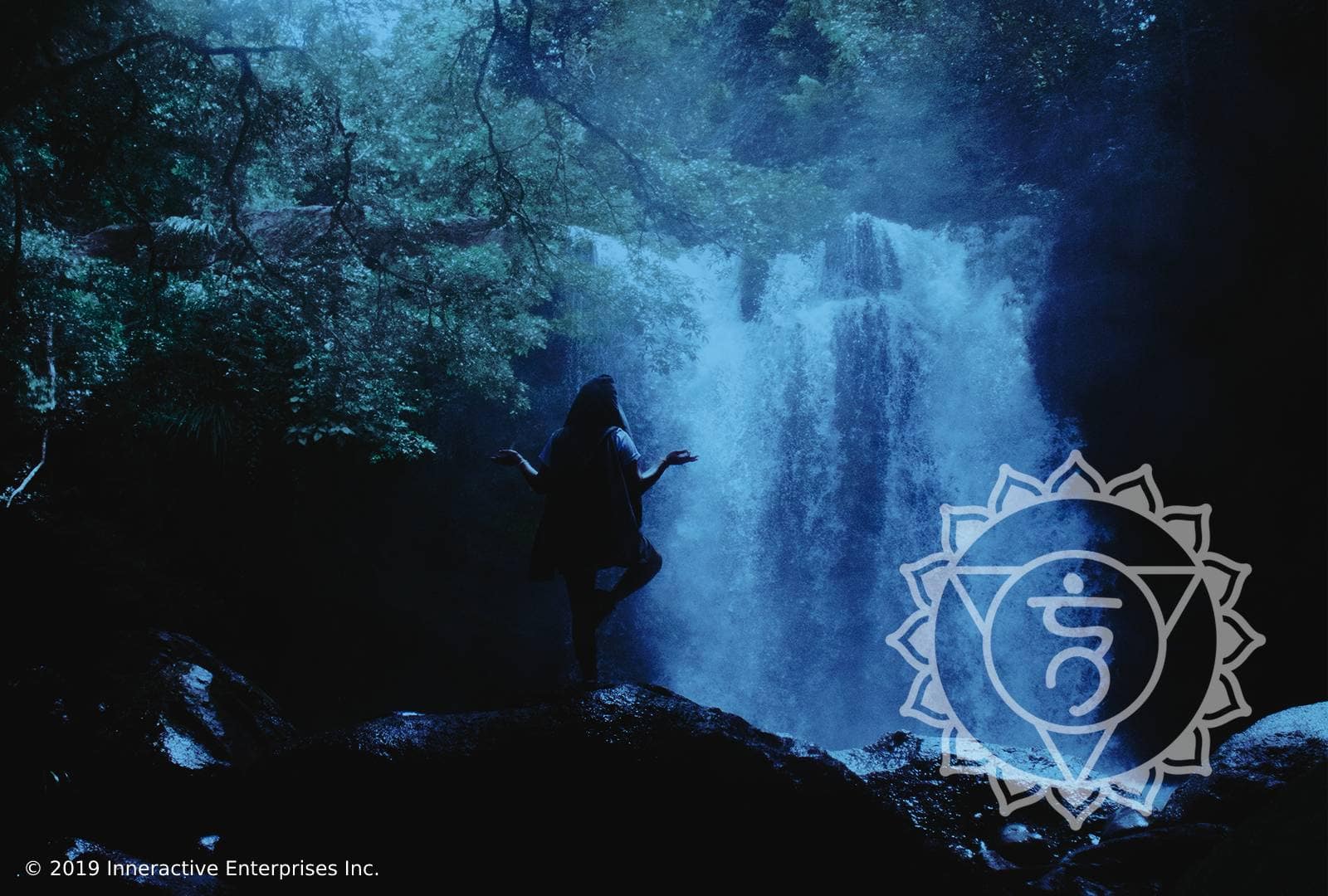
As mentioned above, blue is typically viewed as a calming color. The phrase “blue skies” often refers to a period of peace and smooth sailing ahead. But at the same time, to say you’re “feeling blue” means you’re experiencing depression or sadness. This is because blue is so deeply associated with peace, calmness, and serentiy that when overused it can sap our energy and leave us feeling down. In the chakras, blue is connected to the throat chakra, our source of communication and ability to speak our truth.
When balanced, this chakra is believed to be connected with effective communication and truthfulness. When unbalanced, this chakra may be connected with feelings of isolation and being unable to connect to others.
Indigo

Associated with the third-eye chakra, indigo is believed to be a color that enhances psychic energy. It’s seen as a mystical color, with “indigo children” representing new souls on earth who have strong psychic abilities and bring with them new wisdom and gifts.
Since it is connected with the third-eye chakra, indigo is also seen as innovative and sometimes dramatic, and is an excellent color to meditate on if you want to find your spiritual truth.
Purple
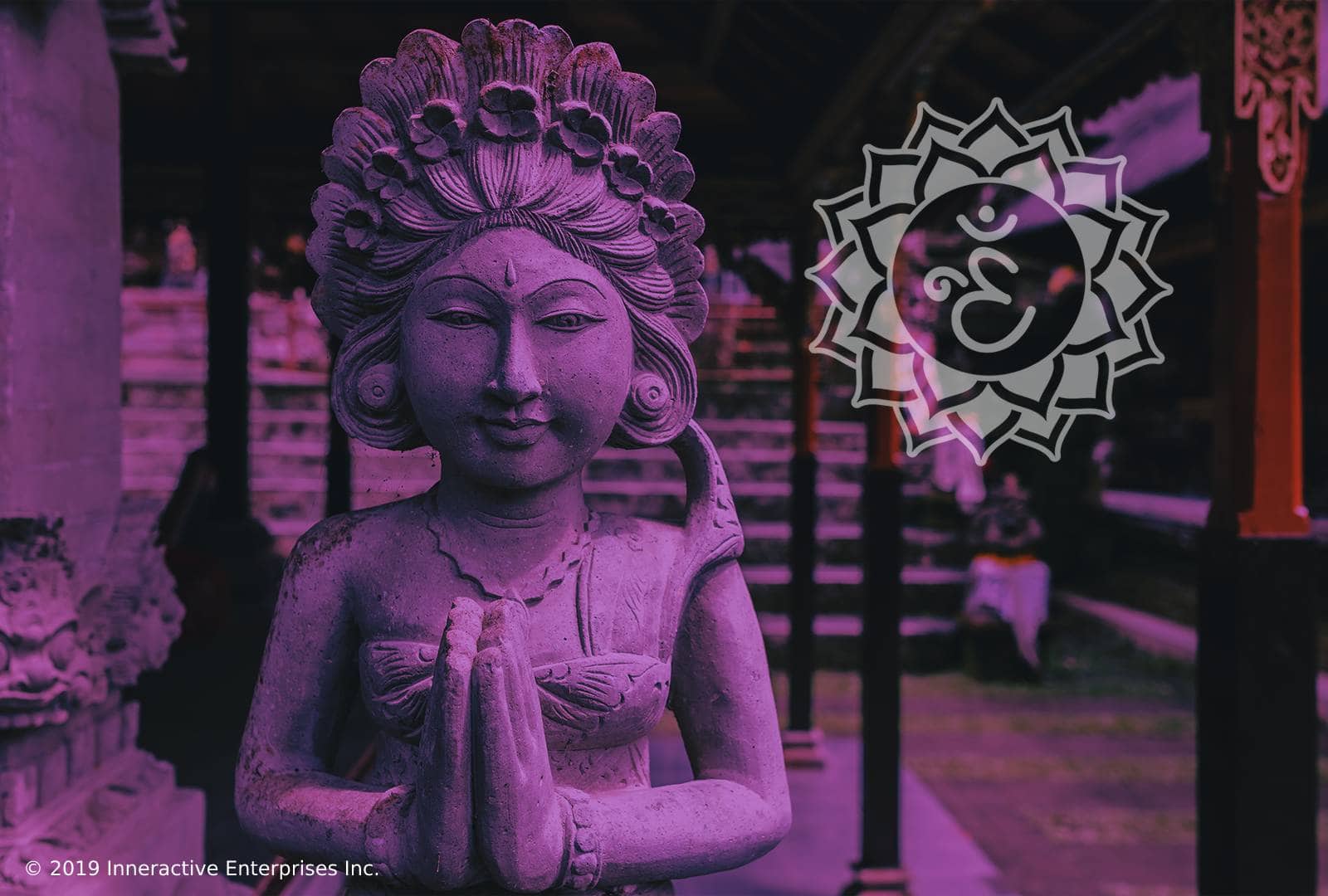
Regal. Stately. Mysterious.
For ages, purple has been associated with royalty and people of importance. This may explain why purple is also the color of the crown chakra—the center of our connection to the greater universe.
Purple is a very spiritual color, sometimes associated with our understanding of our place in the cosmos. People with this color in their aura may be very open with their feelings and feel things very deeply, as they are wise and tend to be spiritually mature. Attune yourself to this hue if you are pursuing higher knowledge or a deeper connection to the universe around you.
A Few More Comments
It’s important to note that the spiritual meaning of colors may also differ from their symbolic meaning. Symbolically, colors vary across cultures. In the Western world, black is typically seen as the color of death and mourning, while in some Eastern countries, white carries this meaning. Likewise, red could be viewed as powerful and confident, or as a warning to slow down and be cautious. While these symbolic meanings may vary, the spiritual vibrations carried by different colors can be felt, as long as you realize that all colors carry both positive and negative connotations depending on the context.







